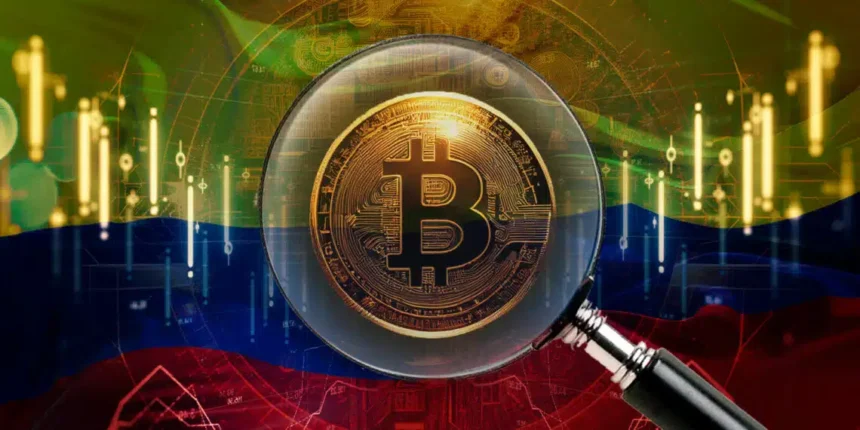Columbia Fintech presents an 800-page roadmap with 120 proposals to modernize the national financial system. This will take place at Barranquilla on Thursday, September 12th and Friday, September 12th, where the Latam Fintech Market event will take place.
The documentation addresses issues such as: Cryptocurrency, digital payments, artificial intelligence, with the aim of promoting a “regulated tsunami.” It strengthens financial inclusion.
The country currently faces the challenge of expanding access to formal financial services in urban and rural areas, increasing access to credit among adult populations, which today reaches just 35% of the time. The goal is to position Colombia as a regional leader at the Brazil (84%) and India (80%) levels.
The country has made progress in digital infrastructure such as the BRE-B instant payment system, but has lagged behind adoption of Bitcoin, which has been promoted by models such as the Brazilian PIX and the El Salvadoran community.
Colombia’s Instant Payment System (SPI) BRE-B, managed by the Bank of Republic, is a centralized infrastructure designed to facilitate transfer and real-time payments between accounts in a variety of financial entities, digital wallets and shops. It also shares several characteristics with cryptocurrency networks, such as speed and interoperability, but their architecture and functionality differ.
Therefore, it is clear that Colombia’s financial system has progressed, but still Weaknesses such as high cash dependence persist Access to formal credits is restricted.
These restrictions motivate Colombia Fintech to propose a “regulated tsunami” with Bitcoin-centric initiatives, cryptocurrency, digital payments and artificial intelligence, with the aim of strengthening financial inclusion, promoting competition and placing Colombia as a regional leader in financial innovation.
As mentioned above in this memo, the proposal will be presented at the Balanquila event. Gather 370 local fintechs, including regulators, traditional banks, and Bitcoin and cryptocurrency startups.
This all happens at the key moment when Neo-Bancos grew from 1.3 billion to 10.5 billion Psos in 12 months. This figure shows an increase in confidence in digital innovation, particularly young Colombians.
This is a sign that digital assets and digital payments could rise to the 80% inclusion level that India has, as reported by encryption, as India did with Bitcoin, and attract foreign investment.
So the summit will also include participation from Juan Carlos Reyes, president of El Salvador’s National Digital Assets.
Regulate stubcoins and convert sectors
Colombian Fintech documents propose intervening in 22 areas, from Stubcoin to Siberellito. Gabriel Santos, executive president of the association, explained to Colombia Media:
This includes eliminating withholdings to digital payments, strengthening BRE-B, and rethinking foreign investment taxes. Santos emphasized that conversion requires collaboration. With banks, regulators and users ».
In that sense, the Latam Fintech market could mark Colombia’s turning point. If the proposal is adopted, The country could accelerate its financial inclusioncompete with local hubs and attract investment in technology.
The challenge is to harmonize the speed of innovation with solidity in regulations. This is the balance that defines the economic future of a region.














